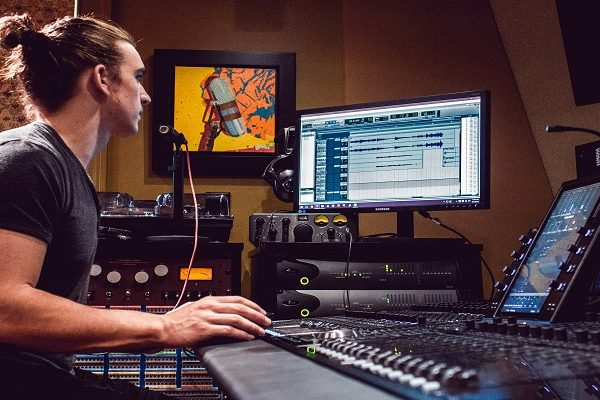Whether you’re working on a podcast, a film, a YouTube video, or a commercial, great audio can make or break your project. While visuals grab attention, it’s the sound that delivers emotion and clarity. That’s where audio sweetening comes in. If you want polished, professional-grade sound, selecting the right audio sweetening services is essential.
In this guide, we’ll walk you through what audio sweetening is, why it matters, and how to find a service provider who meets your specific needs.
What Is Audio Sweetening?
Audio sweetening is the process of enhancing and improving recorded sound during post-production. It involves cleaning up dialogue, balancing levels, removing noise, and adding effects like ambiance, reverb, or foley sounds to make the audio more immersive and polished.
It’s commonly used in:
- Film and TV post-production
- Podcasts and radio shows
- YouTube videos and livestreams
- Commercials and promotional content
- Corporate training videos
Even if you’ve recorded with high-end equipment, raw audio often lacks the finesse that professional audio sweetening services can deliver.
Why Audio Sweetening Matters
There’s a reason Hollywood invests so heavily in sound design. Viewers might forgive a shaky camera, but poor audio? That’s an instant turnoff.
Benefits of audio sweetening include:
- Crystal-clear dialogue
- Proper volume leveling across clips
- Removal of background noise or hums
- Enhanced mood through subtle sound design
- Higher engagement and viewer retention
Essentially, audio sweetening bridges the gap between amateur and professional content.
Factors to Consider When Choosing Audio Sweetening Services
Not all audio sweetening services are created equal. Before hiring a service provider or studio, consider the following key points:
1. Experience in Your Niche
Different projects require different approaches. Someone who specializes in sweetening audio for music videos might not be the best fit for a podcast. Look for providers with experience in your type of project—whether it’s film, corporate, or podcast production.
2. Audio Portfolio or Samples
Always ask to hear before-and-after samples of their previous work. A solid portfolio shows the service provider understands both technical skill and creative judgment.
3. Equipment and Software
Professional audio sweetening demands advanced tools—like Pro Tools, Adobe Audition, or Logic Pro—paired with top-notch plugins and hardware. Make sure the provider uses industry-standard gear.
4. Turnaround Time
Time is money, especially in production. Discuss delivery timelines upfront. Some audio sweetening services offer rush delivery, which can be crucial for commercial or streaming deadlines.
5. Revisions and Communication
Good communication leads to better results. Choose someone who’s open to feedback and includes revisions in their pricing. That ensures your final product matches your vision.
Bonus Tip: Ask About Surround Sound or Multi-Platform Optimization
If you’re creating for platforms like Netflix, YouTube, or broadcast television, your audio needs to meet specific loudness and format standards. Choose audio sweetening services that understand these requirements and can tailor your mix accordingly.
Red Flags to Avoid
- No clear pricing or hidden fees
- Lack of communication or vague responses
- No prior work or client testimonials
- Overuse of stock effects or filters
- Guarantees that sound too good to be true
Invest in Your Sound
You’ve invested time and energy into your visuals, script, and branding—don’t cut corners on sound. Choosing the right audio sweetening partner can elevate your project to professional levels and leave a lasting impression on your audience.
Take the time to vet multiple audio sweetening services, listen to samples, and ask the right questions. The difference between “good enough” and “great” could be one sound mix away.





